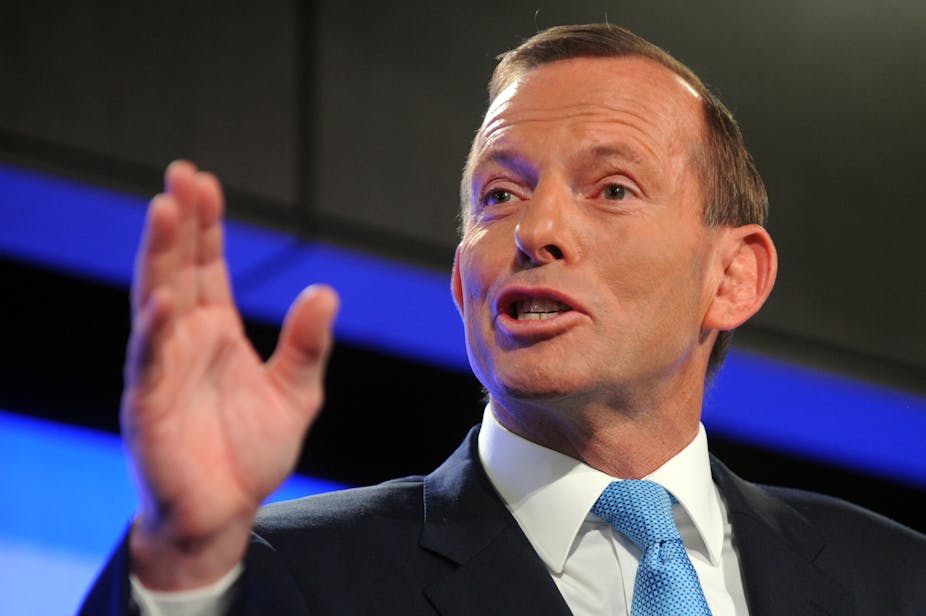… It became absolutely obvious after the Copenhagen conference that the rest of the world was not going anywhere near carbon taxes or emission trading schemes and that’s why the Coalition is absolutely right to say no to a carbon tax and to say no to an emissions trading scheme. As long as a carbon tax or an emissions trading scheme damages our economy, without reducing emissions because it’s not being copied anywhere else, we would be crazy to go down that path - Opposition Leader Tony Abbott, answering questions at the National Press Club on January 31, 2013.
Mr Abbott’s statement is inaccurate on two levels. His first claim that “the world is not going near a carbon tax or an emissions trading scheme” is not correct. His second assertion that “a carbon price damages our economy without reducing emissions” is also far from the truth.
More than 33 countries, covering a population of over 540 million, now have a carbon price in place. In each case, the decision to implement a price on carbon came after detailed economic assessments on the best form of policies to reduce greenhouse gas emissions. After considering approaches such as direct regulation, it was decided that pricing carbon was a cheaper and more environmentally effective way to achieving emission reductions goals.
Let’s look at the facts. The European Union Emissions Trading Scheme (“EU ETS”) has been operating since 2005. Norway, Switzerland, New Zealand now also have emissions trading schemes in place. Last year, Korea passed laws to implement an emissions trading scheme. On 1 January this year, emissions trading schemes started up in California, Quebec, Kazakhstan and Croatia. China, after closely examining the European and Australian experiences, has concluded that of all policy options available, an emissions trading scheme is the most economically and environmentally effective; and it is already implementing schemes in several provinces, to be followed by a national scheme (the size of the Beijing one alone is significantly larger than Australia’s).
What this indicates is that there has clearly been a global trend towards the implementation of carbon pricing since the Copenhagen Conference in 2009.
In 2011, the World Bank launched its Partnership of Market Readiness. This $100 million targeted fund is aimed at helping developing countries to implement market mechanisms. Through this fund, major developing countries such as Thailand, Vietnam, Mexico and South Africa have revealed plans to introduce a carbon tax or emissions trading scheme.
Needless to say the World Bank is not known for its social radicalism. It is economically conservative and yet it clearly accepts that market mechanisms such as emissions trading schemes and carbon taxes are the most efficient means to achieve emissions reductions. There is no equivalent World Bank “direct action” fund.
Tony Abbott’s statement also flies in the face of other leading global economic institutions such as the OECD, the International Monetary Fund and the Productivity Commission. They have all suggested that carbon pricing, through instruments such as emissions trading schemes, is the most effective means of tackling climate change.
Now to the second claim. Treasury modelling predicted that the carbon price would have a less than 0.1% impact on Australia’s gross national income growth. Figures released for the last quarter have shown these figures to be accurate; the impact on the economy has been minor.
In combination with this, six months since the start of the carbon price, emissions from the electricity sector in Australia have fallen, as has the demand for energy by consumers. Cedex, the consultancy that published these figures, described these changes as “unprecedented” in the entire 120 year history of the electricity supply in Australia. In short, the evidence suggests that the carbon price is already contributing to a reduction in Australia’s emissions without ruining our economy.

